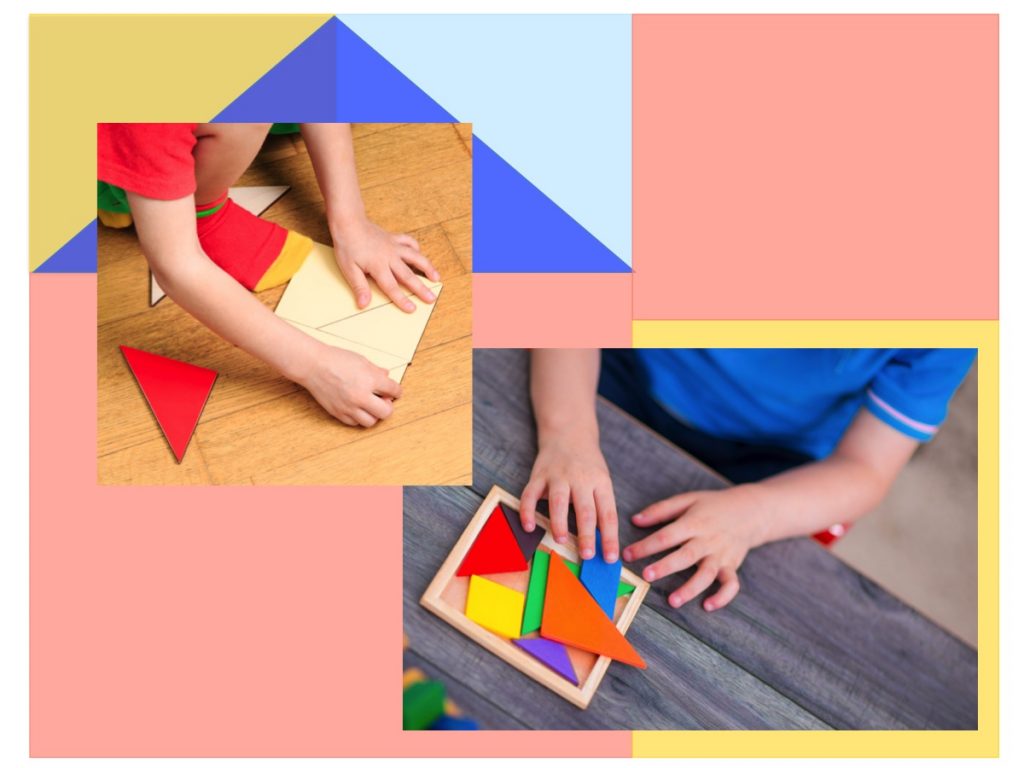
Individual differences in spatial skills appear early, before kindergarten. Yet, it is hard to pinpoint why these differences exist.
Boys’ and girls’ spatial skills tend to be similar during the preschool years. Yet, over time, men tend to score higher on spatial reasoning tests than women. Is this because men have better spatial skills than women? Or is there another contributing factor such as having more early experience with spatial games?
We don’t yet know the extent to which personal experience or biology contribute to sex differences in adult spatial skills. We do know from research that early spatial experiences are related to the development of spatial skills in both boys and girls. Adults are more likely to encourage boys to engage in activities that support spatial skills, like blocks or more complex puzzles. In turn, boys are more likely to engage in spatial play. This can lead to the misperception that boys are born with better spatial skills than girls. But with practice, girls’ spatial skills can be as good as boys’ spatial skills.
-
- Direction and movement
- refers to the path along which a person or object moves
- Shape awareness
- is the ability to recognize and identify shapes
- Space and position
- refers to the relationship between objects
- Spatial awareness
- includes understanding shape, size, space, position, direction, and movement
- Spatial language
- refers to words that describe the location of objects in space
- Spatial thinking
- is a set of mental skills that we use to reason about the shape, size, position, direction, and movement of objects